If space really is the final frontier, then it’s likely that some day humans will differentiate their extra-terrestrial colonies with flags – just like we do with countries on Earth today.
What kind of flag might represent Martians of the future? One of the more widely-known unofficial flags was proposed the 1990s, based on the idea of terraforming – the colours are intended to represent the planet’s future path to habitability; from red and barren on the left, to blue and wet on the right.
It’s an interesting idea, but as flag designs go, it is not out-of-this-world.

That’s why we decided to dream up some new flags more fitting to an extra-terrestrial colony. For guidance, we turned to internationally-recognised rules on flag design, known as vexillography. These state that flags should be bold, distinctive, recognisable against the backdrop of their natural environments, and carefully proportioned.
Let us know which one you’d pick via social media – and send us your own ideas to the email address at the bottom of the page.
Red dot

The Red Planet. That’s how many people refer to Mars informally. And that’s where the spark of inspiration behind the Martian flag above came from. The only problem? It’s more or less the same flag as the one used by Japan here on Earth. While similarity between flags is not unusual (consider the flags of Romania and Chad, or the Republic of Ireland and Cote d’Ivoire for example), representing an entirely different planet offers the opportunity to be a little more inventive.
Orbiting moons

Mars has two small moons – Phobos and Deimos (meaning “fear” and “terror”). The second route we tried attempted to capture the fullness of this system, with two moons represented in orbit around a red sphere. One thing to keep in mind when depicting these bodies is their lifespan. According to research recently published in Nature, Phobos is expected to disintegrate and form a ring of rubble around the planet – although not for another 20 million years.
Cosmic eras

Prior to any human colonisation of Mars, it’s important to remember that the planet already has a long geological history full of events which shaped the Martian landscape that exists today. That’s the thinking behind these designs which, by splitting the planet into three colour bands, highlight the three main geological periods on Mars: the Noachian, Hesperian and Amazonian.
Scientists have defined these periods by studying pictures of Mars’ surface sent back by orbiting satellites. During these three epochs, asteroid impacts, volcanoes and flowing liquid contributed to the creation of lowlands, rocky formations and huge mountains.
Fourth rock from the Sun
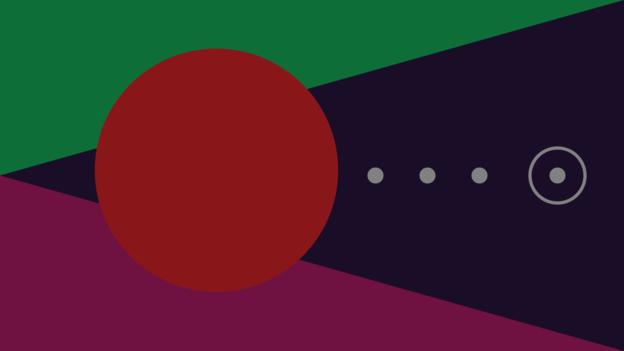
If Earth is sometimes called the third rock from the Sun, Mars may as well be known as the fourth. Its position in our Solar System is represented here – with the Sun at the far right. It’s a design that attempts to capture mankind’s gradual progress further and further from our origins.
So far, we have followed vexillographic tradition. But what if we threw out the rulebook for a moment?
Hand of exploration
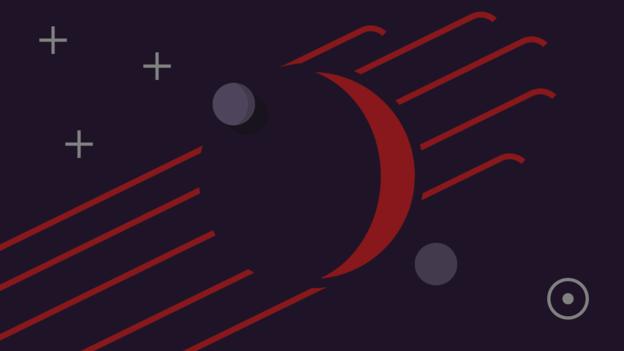
This slightly more jazzy flag incorporates the two moons, crosses indicating three planets closer to the Sun than Mars, and a banded crescent suggesting the rising and setting of the Martian sun. Five swooshing stripes are intended here as an abstraction of the human hand, signifying mankind’s discovery of and responsibility towards the Red Planet.
Mighty mountains
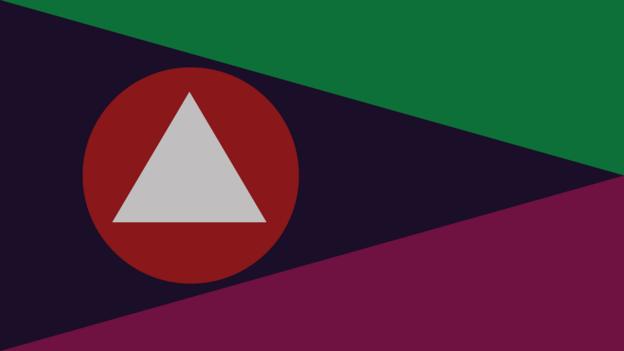
If one were asked to name a feature on the surface of Mars that really makes it stand out in the Solar System, it would surely have to be Olympus Mons. It is simultaneously the largest mountain and largest volcano on any of the planets or their moons. At a dizzying height of 26km, it is three times as tall as Everest.
These two designs attempt to capture Olympus Mons in the form of a simplified triangle. Here on Earth, both Slovenia and St Lucia depict mountainous features in their flags, Mount Triglav and the volcanic Pitons respectively, as coloured triangles. This follows the rules of vexillography, saying that simple graphical representations of landmarks are preferred to overly detailed pictures.
Triplet design
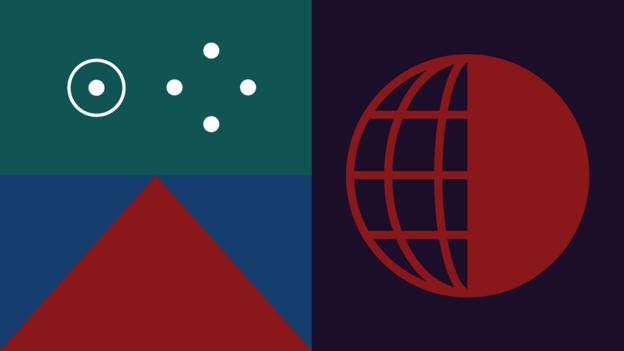
For the final design, three motifs have been chosen. They fill the three areas of a flag divided into the fly (the half furthest from the flagpole), the hoist (the half nearest the flagpole) and the most significant part which is known as the canton (the upper quarter nearest the flagpole).
The canton depicts Mars’ position in the Solar System. This area is important because it is the easiest to see when the flag hangs down from its pole, so frequently contains the most essential information (take the flag of the USA, for example). Olympus Mons is featured in the lower part of the hoist, and finally, on the fly we see an abstracted representation of Mars, in red, as a planet.
More about:








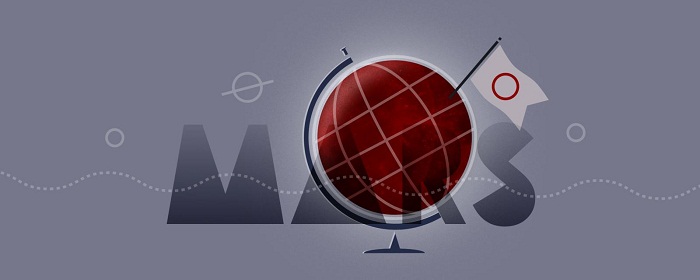















-1747837442.jpg&h=190&w=280&zc=1&q=100)























